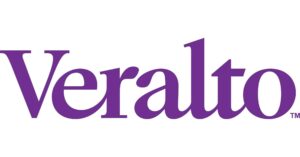
Welcome to the Veralto Multi-Language Video-Based Training Library
Presented by Executive IP
Please click on a title to view the material
NOTE: The first time you select a link, the system may ask for your email address. Please enter your email address once and you will be able to view all of the material.